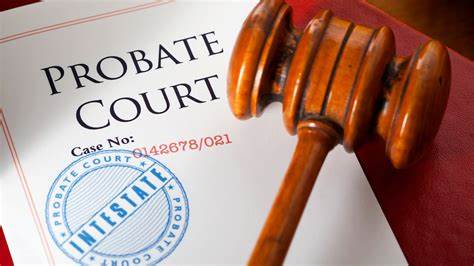Understanding Probate: What You Need to Know
Understanding Probate: What You Need to Know
Probate is a legal process that occurs after someone dies, involving the distribution of their assets and settling their debts under court supervision. While probate laws and procedures can vary depending on the jurisdiction, there are common principles that apply in most cases. This article aims to provide a basic understanding of probate, its purpose, the process involved, and some strategies for minimizing its impact on your estate.
Purpose of Probate:
Asset Distribution: Probate ensures that a deceased person’s assets are distributed according to their wishes as stated in their will, or according to the laws of intestacy if there is no will.
Debt Settlement: It provides a mechanism for settling the debts and taxes owed by the deceased person’s estate before distributing the remaining assets to the beneficiaries.
Legal Protection: Probate proceedings offer legal protection to heirs and beneficiaries by ensuring that the deceased person’s property is distributed fairly and in accordance with the law.
The Probate Process:
Filing the Petition: The process typically begins with the filing of a petition with the probate court, either by an executor named in the will or by an interested party if there is no will.
Notification of Heirs and Creditors: Notice of the probate proceeding is provided to heirs, beneficiaries, and creditors, giving them an opportunity to make a claim against the estate.
Inventory and Appraisal: The executor or personal representative of the estate is responsible for creating an inventory of the deceased person’s assets and obtaining appraisals if necessary.
Debt Payment: Debts and taxes owed by the estate are paid off using the assets of the estate.
Asset Distribution: Once debts and taxes are settled, the remaining assets are distributed to the beneficiaries according to the terms of the will or the laws of intestacy.
Final Accounting: The executor must prepare a final accounting of the estate’s finances and submit it to the court for approval.
Closing the Estate: After the court approves the final accounting and all other requirements are met, the estate is closed, and the probate process is complete.
Strategies for Minimizing Probate:
Joint Ownership: Holding property jointly with rights of survivorship allows it to pass directly to the surviving owner(s) without going through probate.
Beneficiary Designations: Assets such as life insurance policies, retirement accounts, and bank accounts with designated beneficiaries pass outside of probate to the named beneficiaries.
Small Estate Procedures: Some jurisdictions offer simplified probate procedures for estates below a certain value, allowing for a faster and less expensive process.
Living Trust: Assets held in a living trust avoid probate and can be distributed to beneficiaries more quickly and privately, however living trusts are not the “miracle cure” that they would be made out to be and are not appropriate for everyone.
Understanding probate and its implications can help individuals plan their estates more effectively and minimize the time and expenses associated with the probate process. Consulting with an experienced estate planning attorney can provide personalized guidance based on individual circumstances and goals.



